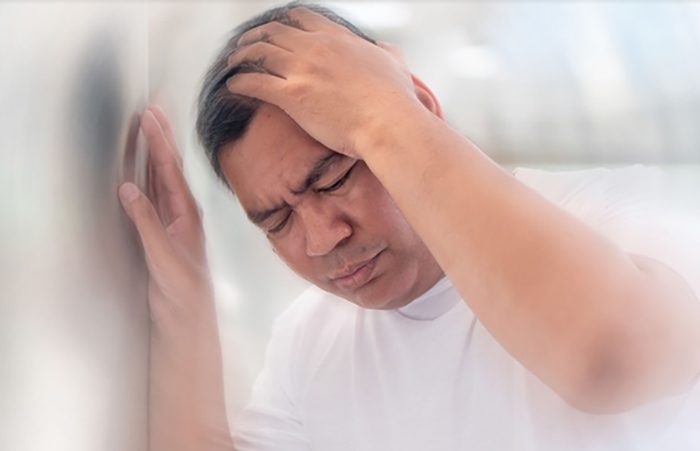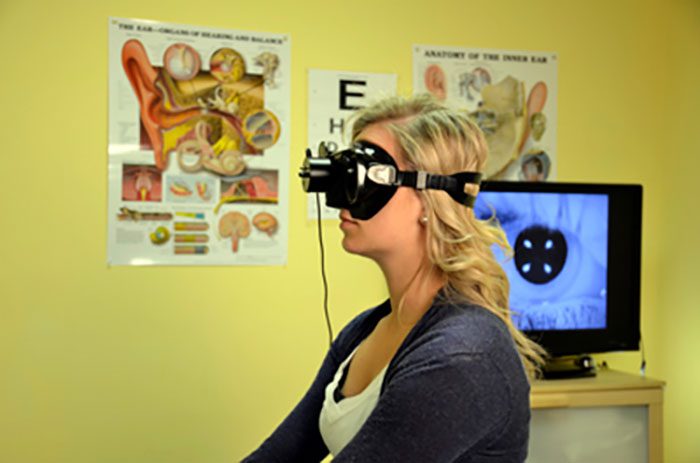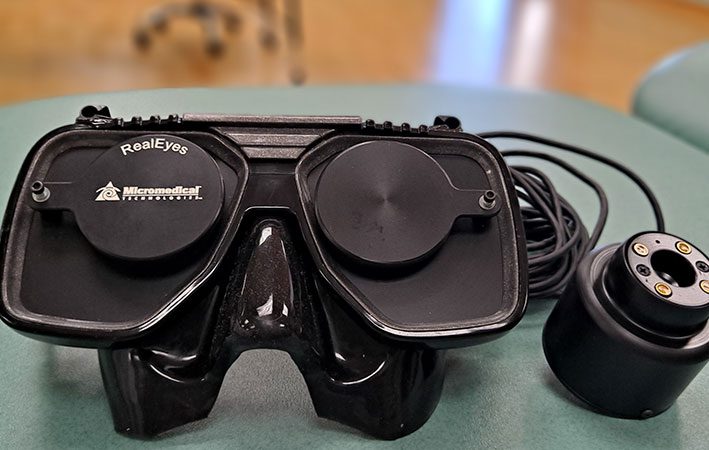Vestibular Therapy
What is Vertigo?
Vertigo refers to disturbed impressions of physical reality experienced by a person as a result of false or exaggerated sensory signals. Even when holding perfectly still the vertigo-affected people may feel that the world around them is literally spinning or rocking. All these sensations are usually associated with a problem in the brain, sensory nerve pathway or the inner ear.
Although it can occur at any age, it seems most prevalent for patients 65 years old or older. The duration of the experience may also vary, from temporary episodes, to a long-term problem. It can also be brought about as a secondary symptom of other conditions, such as ear infection or pregnancy. Additionally, it may accompany a prolonged condition, such as Ménière’s disease, an inner-ear disorder. The use of some medication as well as prolonged bed rest have the potential to bring about spells of vertigo.
Vertigo can also occur with:
- migraine headaches
- head injury
- ear surgery
- shingles in or around the ear (herpes zoster oticus)
- otosclerosis, when a middle ear bone growth problem leads to hearing loss
- stroke
- cerebellar or brainstem disease
- multiple sclerosis
- neck problems affecting local blood circulation




SYMPTOMS
Vertigo can be prompted by an (often sudden) change in the position of the head, and that affected report most commonly the following:
- Spinning
- Tilting
- Swaying
- Unbalanced
- Pulled in one direction
In addition, it may often be associated with other symptoms, such as:
- Vomiting
- Abnormal or jerking eye movements (nystagmus)
- Headache
- Feeling nauseated
- Sweating
- Ringing in the ears (tinnitus) or hearing loss
TREATMENT
Vestibular rehabilitation therapy (VRT) is aimed at helping strengthen the vestibular system. It uses specialized exercises that result in gaze and gait stabilization. Most of them involve head movement, which is essential in stimulating and retraining the vestibular system.
We use oculography equipment to diagnose the true source of your vertigo/balance problem. Once a thorough evaluation is performed, we will develop an individualized treatment plan that includes specific head, body, and eye exercises, as well as Counterstrain manual techniques to stabilize peripheral nerves and blood circulation.
At PDR Physical Therapy & Wellness Center, we understand that suffering from these disorders can be debilitating and frustrating – especially when normal daily activities are severely limited. The caring therapists at PDR clinics are committed to working with each patient to bring them back to good health.


